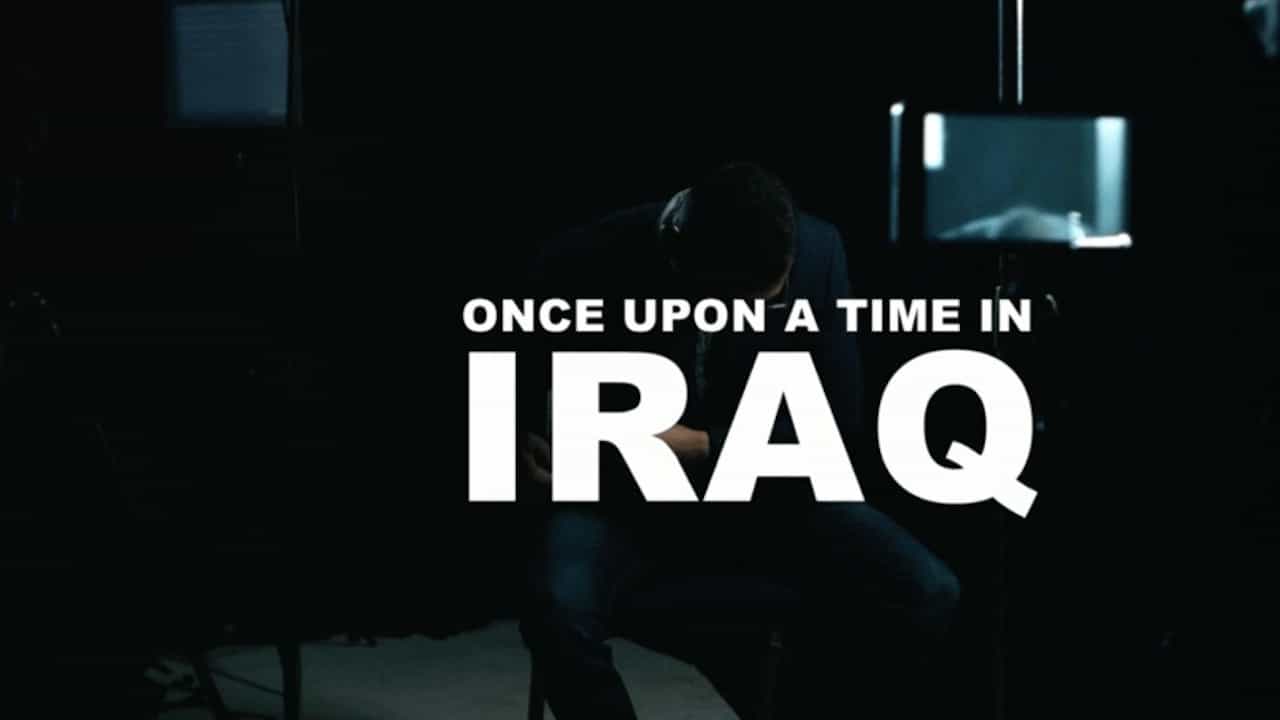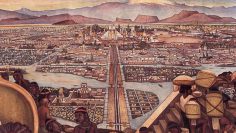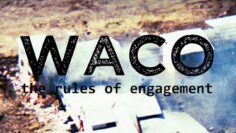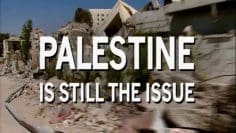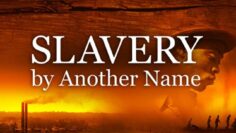Once Upon a Time in Iraq
Once Upon a Time in Iraq chronicles the tumultuous history of Iraq from the final years of Saddam Hussein’s reign through the aftermath of the 2003 U.S.-led invasion. Narrated by Andy Serkis, it offers a unique perspective on the conflict by focusing on the personal stories and experiences of ordinary Iraqis who lived through these extraordinary times.
The documentary begins by exploring life under Saddam Hussein’s dictatorship, revealing a complex picture of a nation where stability came at the cost of brutal repression. Through intimate interviews and rare archival footage, viewers gain insight into the daily lives of Iraqis, including their fears, hopes, and even moments of unexpected normalcy, such as the existence of an Iraqi heavy metal scene.
As the narrative progresses, it delves into the U.S. invasion and its immediate aftermath. The initial jubilation of some Iraqis at Saddam’s fall is vividly portrayed, with scenes of crowds cheering and toppling statues. However, this euphoria quickly gives way to confusion and chaos as the reality of occupation sets in. It depicts the looting, violence, and breakdown of social order that followed the collapse of the regime.
The film then explores the complex and often tragic consequences of the war, including the rise of sectarian violence between Sunni and Shia factions, the emergence of Al-Qaeda in Iraq, and the eventual formation of ISIS. Through personal accounts, it illustrates how these events impacted ordinary citizens, forcing many to flee their homes or live in constant fear.
One of its key strengths is its balanced approach, featuring perspectives from various sides of the conflict. Viewers hear from Iraqi civilians, journalists, and American soldiers, each offering their unique viewpoint on the events that unfolded. This multifaceted approach helps to paint a nuanced picture of a complex situation, avoiding simplistic narratives or easy answers.
The documentary also touches on the cultural and social changes that occurred in Iraq during this period. It explores how traditional values clashed with new influences, and how young Iraqis, in particular, struggled to find their identity amidst the turmoil. It captures the resilience of the Iraqi people, showcasing their ability to find moments of joy and normalcy even in the most challenging circumstances.
By focusing on personal stories, the film brings a human face to a conflict often discussed in abstract geopolitical terms. It allows viewers to connect emotionally with the experiences of those who lived through the war, fostering a deeper understanding of its impact on individuals and communities.

